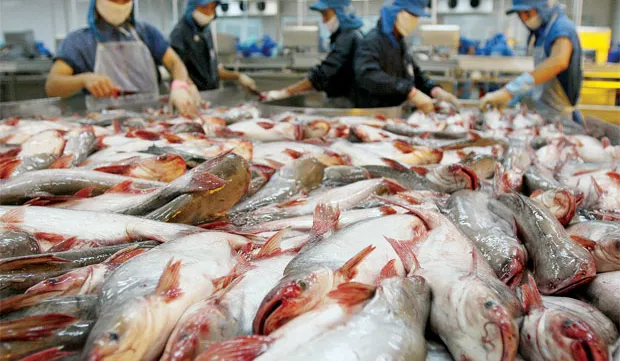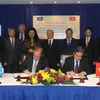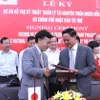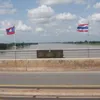Vietnam-US BTA led to increased integration

The Bilateral Trade Agreement (BTA) was also a functional roadmap for Vietnam's accession to the World Trade Organization.
Vietnamese aquaculture export turnover to the US in 2000 stood at just 300 million USD, but as of 2015, this figure has reached 1 billion USD, accounting for 20% of Vietnam’s total aquaculture export turnover. This marks the progress in two-way trade between the two countries.
Truong Dinh Hoe, General Secretary, Vietnam Association of Seafood Exporters and Producers (VASEP) said: "The 2001 BTA paved the way for Vietnamese aquaculture businesses to enter the US market. Thanks to diplomatic relation between the two governments, Vietnamese enterprises have been given more opportunities".
The total value of Vietnam’s exports to the US in 2000 was a paltry 800 million USD. The figure reached 29 billion USD at the end of 2014, 36 times higher than in 2000. According to Fulbright scholar and lecturer Huynh The Du, the BTA acted as an indication of Vietnam’s ability to meet the basic requirements for WTO accession.
Huynh The Du - Fulbright scholar & lecturer said: "The commitment with the BTA requires economic reform. The Vietnamese government implemented changes to improve the business environment and to attract more investment. Therefore, economic reform under the BTA was a necessary step towards WTO membership".
Currently Vietnam has signed 8 free trade agreements. The Trans-Pacific Partnership is also one of the most important FTAs Vietnam is negotiating this year.
Big names such as P&G, Microsoft or Intel have entered the Vietnamese market. This has shown Vietnam is an attractive destination for investment. However, the further Vietnam integrates into the global market, the more competition Vietnamese companies will face.
From normalization, to the BTA and heading towards the potential TPP, each step has paved the way to deeper economic collaboration between Vietnam and the US. The two governments continue in their attempts to achieve a common goal of future prosperity.
Tags:





